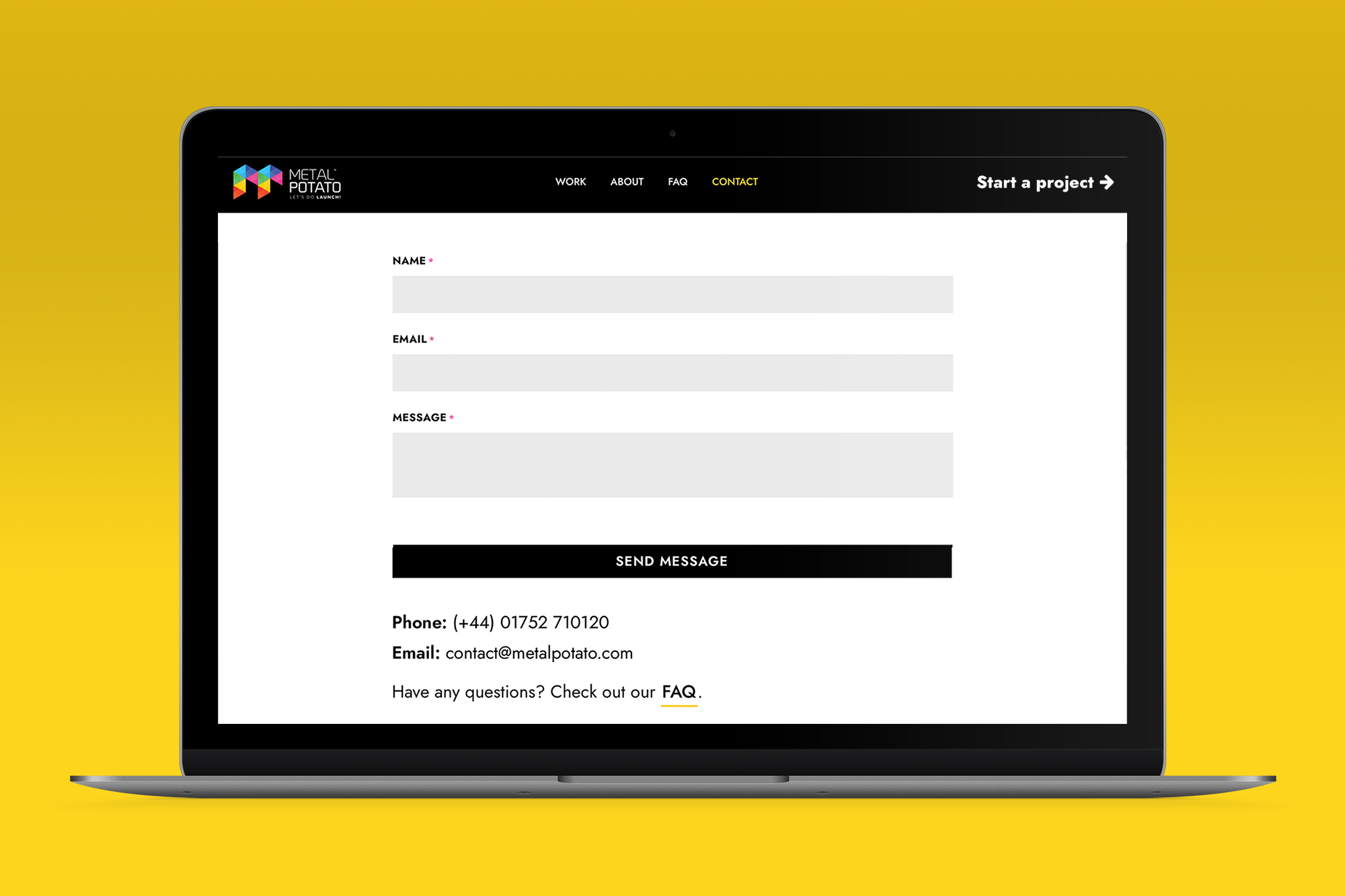Are you struggling to create content that ranks well on search engines like Google? Writing SEO-friendly content is crucial for increasing your visibility and driving organic traffic to your website.
Today we will walk you through the best way to write SEO content that will help you climb the search engine rankings and attract more visitors to your site. So, let’s dive in and explore the key strategies and tips for writing SEO content effectively.
Understanding the importance of SEO writing
Before we dive into the nitty-gritty of writing SEO content, let’s understand why it’s so important. SEO writing involves creating and publishing content with the goal of ranking on the first page of search engine results. By following SEO best practices, you can provide search engines like Google with valuable insights into your page’s relevance to users’ search queries. When your content is relevant and useful, Google is more likely to rank it higher.
Writing for people first
One of the most common mistakes in SEO writing is forgetting that you are writing for people, not just search engines. While keywords are important, sacrificing readability for the sake of keyword stuffing will do more harm than good. Even if your blog ranks high on search engine results, people may not click on it if it doesn’t make sense or is difficult to read.
Remember, Google is constantly updating its algorithm to weed out content that doesn’t deliver what it promises. So, prioritise writing for people and make sure your content is engaging and easy to understand.
Crafting clear and concise sentences
Long, complex sentences may be impressive from a literary perspective, but they aren’t suitable for SEO writing. When users search for information online, they want quick answers. Therefore, it’s essential to write in short, snappy sentences that get straight to the point.
Avoiding jargon and explaining acronyms
Using industry-specific jargon and acronyms without proper explanations can be confusing for readers. It’s not only annoying but also bad for SEO. When users have to leave your site to find out what you’re talking about, they are more likely to abandon your page and seek information elsewhere.
To avoid this, over-explain complex terms and provide links to related posts on your website for further clarification. Remember, it’s better to err on the side of caution and ensure that your content is understandable to a wider audience.
Targeting keywords and search intent
Keywords play a crucial role in SEO content writing. They are the words and phrases that users type into search engines when looking for information. By targeting relevant keywords, you can increase the chances of your content appearing in search results.
However, it’s not enough to simply stuff your content with keywords. You need to understand the search intent behind each keyword and create content that matches that intent. There are four basic types of search intent: informational, navigational, commercial, and transactional.
Informational intent
Informational keywords indicate that users are looking to learn more about a specific topic. These keywords often include words like “guide,” “tutorial,” “recipe,” or question words like “how” and “what.” To cater to informational intent, create content in the form of how-to guides, tutorials, industry research, listicles, or thought leadership pieces. By providing valuable information, you can attract readers who are seeking answers to their questions.
Navigational intent
Navigational keywords are used when users are looking for a specific website or page. These keywords are often related to well-known brands or websites. If you already have an established brand and receive direct traffic, optimise your homepage, about page, and other important pages on your site for branded keywords. This will help users find the specific information they are looking for on your website.
Commercial intent
Commercial keywords indicate that users are considering making a purchase and want to explore their options. These keywords often include product modifiers like “cheapest,” “best,” “review,” or “comparison.” When targeting commercial intent, focus on creating content that helps users make informed decisions. Provide detailed product reviews, comparisons, and recommendations to guide users towards the right purchase.
Transactional intent
Transactional keywords suggest that users are ready to make a purchase. These keywords often include phrases like “buy now,” “discount,” or “free shipping.” To cater to transactional intent, create content that includes clear calls to action and encourages users to take the desired action, such as making a purchase or signing up for a service.
Optimising on-page SEO elements
In addition to targeting keywords and search intent, optimising on-page SEO elements is essential for improving your content’s visibility. On-page SEO refers to the optimisation of various elements on your webpage to make it more search engine-friendly. Here are a few key elements to focus on:
- Title Tags: Craft compelling and keyword-rich title tags that accurately describe the content of your page.
- Meta Descriptions: Write concise and persuasive meta descriptions that entice users to click on your page in search results.
- Headers: Use headers (H1, H2, H3, etc.) to structure your content and make it easier for both users and search engines to understand.
- URL Structure: Create clean and descriptive URLs that include relevant keywords.
- Internal Linking: Link to other relevant pages on your website to provide additional context and improve navigation.
- Image Optimisation: Optimise your images by adding descriptive alt tags and reducing file sizes to improve page load speed.
By optimising these on-page elements, you can enhance the visibility and accessibility of your content, making it more likely to rank higher in search engine results.
Creating informative and engaging content
To rank well in search engine results, your content needs to be informative, engaging, and valuable to readers. Here are a few tips to help you create high-quality SEO content:
- Research thoroughly: Conduct in-depth research to gather accurate and up-to-date information on the topic you are writing about.
- Provide value: Offer unique insights, practical tips, or expert advice that readers can’t find elsewhere.
- Use engaging headlines: Craft compelling headlines that grab readers’ attention and entice them to click on your content.
- Format your content: Use bullet points, subheadings, and short paragraphs to break up your content and make it easier to read.
- Include visuals: Incorporate relevant images, infographics, or videos to enhance the visual appeal and engagement of your content.
- Add credible sources: Support your claims with credible sources and link to them to provide additional credibility and authority.
By following these tips, you can create content that not only ranks well but also captivates and informs your audience.
Promoting your content for better visibility
Creating great SEO content is only half the battle. To maximise its impact, you need to promote it effectively. Here are some strategies to help you get your content in front of the right audience:
- Social media promotion: Share your content on social media platforms to increase its reach and attract more visitors to your website.
- Email marketing: Send newsletters or email updates to your subscribers, featuring your latest content.
- Guest blogging: Contribute guest posts to authoritative websites in your industry to expand your reach and attract new audiences.
- Influencer outreach: Collaborate with influencers or industry experts to promote your content to their followers.
- Link building: Reach out to relevant websites and request backlinks to your content, as this can significantly improve your search engine rankings.
By actively promoting your content, you can increase its visibility and drive more traffic to your website.
Measuring and analysing your SEO efforts
To ensure the success of your SEO content strategy, it’s essential to measure and analyse your efforts. Here are a few key metrics to track:
- Organic traffic: Monitor the amount of traffic coming to your website from search engines.
- Keyword rankings: Track the rankings of your target keywords to see how well your content is performing.
- Bounce rate: Analyse the percentage of visitors who leave your website after viewing only one page.
- Conversion rate: Measure the percentage of visitors who take the desired action on your website, such as making a purchase or filling out a contact form.
- Engagement metrics: Monitor metrics like time on page, scroll depth, and social shares to gauge the level of engagement with your content.
By regularly analysing these metrics, you can identify areas for improvement and refine your SEO content strategy for better results.
Conclusion and call to action
Writing SEO content is a powerful way to boost your search engine rankings and attract more visitors to your website. By prioritising readability, targeting relevant keywords, optimising on-page elements, and creating informative and engaging content, you can increase your chances of success.
If you need assistance with writing SEO content or optimising your website, our team at is here to help. Get in touch with us today!
Let's make a website!
Book a FREE video call to discuss your business, project strategy, and more!
"*" indicates required fields
More from Metal Potato
Contact Page Design: A Blueprint for Success
Learn how to optimise your contact page for better engagement and conversions with expert tips and inspiring examples.
Why Your Website Isn’t Showing Up on Google
Discover why your website isn't showing up on Google and learn actionable solutions to boost your visibility!
How Google Remarketing Rescues Lost Customers
Revive lost leads with Google Remarketing! Target engaged visitors, boost ROI with personalised ads across Google platforms.
Unmasking SEO Scams and Safeguarding Your Website
Guard your business against SEO scams! Uncover deceitful tactics, red flags, and empower your online success with our tips.
How Often Should You Blog?
Optimise your blog's success with the perfect posting frequency! Learn to balance consistency, quality, and engagement for organic growth.
10 Proven Ways to Drive Traffic to Your Website
Boost your online presence with proven strategies! Master SEO, create engaging content, and more to drive traffic to your website.






